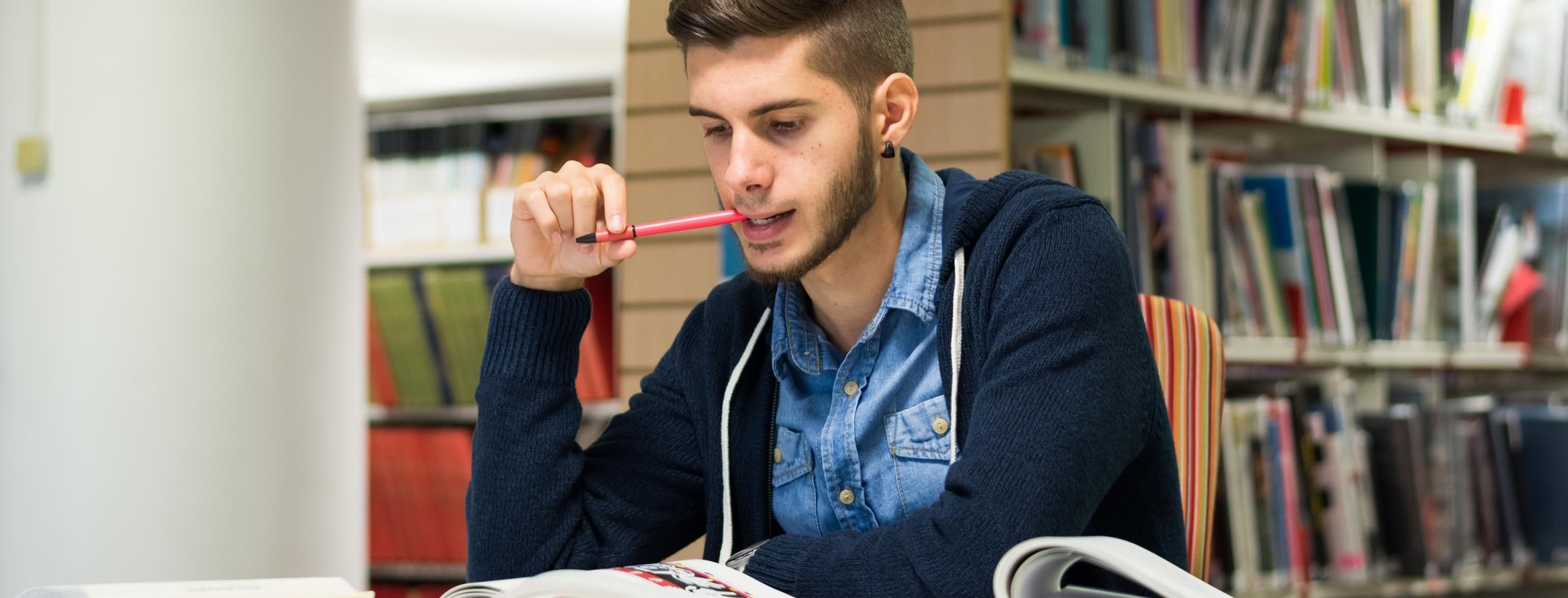Four Tips to Avoid Plagiarism
If even the world’s greatest and most creative minds can fall victim to plagiarism, how can you possibly hope to avoid it -- especially when you might not even know you’re doing it? There’s good news, however. You don’t have to cross your fingers and hope you don’t get nabbed for inadvertently stealing someone else’s work. Rather, follow these four tips to keep yourself out of a sticky situation.
- Student Tips

Former Canadian parliamentary poet laureate Pierre DesRuisseaux made headlines recently when it was revealed that poems from his latest book were plagiarized from Dylan Thomas, Louis MacNeice, Maya Angelou and Tupac Shakur. Which begs the question: If even the world’s greatest and most creative minds can fall victim to plagiarism, how can you possibly hope to avoid it -- especially when you might not even know you’re doing it?
There’s good news, however. You don’t have to cross your fingers and hope you don’t get nabbed for inadvertently stealing someone else’s work. Rather, follow these four tips to keep yourself out of a sticky situation.
1. Know EXACTLY what constitutes plagiarism.
According to Purdue Online Writing Lab, AKA OWL, “There are some actions that can almost unquestionably be labeled plagiarism. Some of these include buying, stealing, or borrowing a paper (including, of course, copying an entire paper or article from the Web); hiring someone to write your paper for you; and copying large sections of text from a source without quotation marks or proper citation.”
But plagiarism comprises much more than that. Continues OWL, “Then there are actions that are usually in more of a gray area. Some of these include using the words of a source too closely when paraphrasing (where quotation marks should have been used) or building on someone's ideas without citing their spoken or written work.”
Think it’s okay if it happens accidentally? Think again. According to the Harvard College Writing Program Guide to Using Sources, “In academic writing, it is considered plagiarism to draw any idea or any language from someone else without adequately crediting that source in your paper. It doesn’t matter whether the source is a published author, another student, a Web site without clear authorship, a website that sells academic papers, or any other person: Taking credit for anyone else’s work is stealing, and it is unacceptable in all academic situations, whether you do it intentionally or by accident.”
The takeaway for students? There are many different ways to plagiarism. Taking the time to understand the spectrum of ways to plagiarize -- as well as the consequences -- is a proactive and preventative measure.

2. Cite every source you use.
There’s no better application of the expression, “Better safe than sorry,” than as it applies to plagiarism. Writes Katharine Hansen, Ph.D. for MyCollegeSuccessStory.com, “When in doubt, cite. If you're unsure whether a piece of information needs to be cited and cannot get an answer, cite it. It's better to over-cite than under-cite.”
Taking good notes can help you keep track of your source materials. Advises Hansen, “Carefully note all the information you'll need for your citation, such as name of the work, author, publisher, city and date of publication, and page numbers. Many students print out source material from online library databases and make photocopies of pages from source materials such as books and periodicals. Be sure when doing so to include all the accompanying bibliographic information. For a book, the copyright page usually has the citation information you need. For a periodical, look for a page near the beginning of the periodical that includes the date, volume number and issue number. It's also important to ensure that photocopies or printouts contain the page numbers from the source material.”
And don’t forget, internet sources count, too!
3. Use a plagiarism checker.
While plagiarism is a very real threat to college students, an abundance of tools and resources mean you don’t have to go it alone. Today’s plagiarism detection websites and software have the ability to compare your work to an extensive body of materials, including work that has been published online, databases which include periodicals and books not published online, and proprietary databases which may contain unpublished academic work. Many of these are even free.

There is a catch, however: Plagiarism checkers aren’t foolproof. They can offer peace of mind as a supplement to your own anti-plagiarism efforts, but ultimately the responsibility rests with you. (Not only that, but one study reveals that students who have their work checked by these sources are just as likely to cheat as their peers.)
4. Plan ahead and don’t procrastinate!
College work can be overwhelming; everyone falls behind now and then. Unfortunately, when it comes to research and writing, this can lead you into tricky territory come crunch time. For starters, the temptation to use someone else’s work may be stronger if you’re desperate. Additionally, even if you don’t mean to plagiarize, the likelihood of forgetting quotation marks or a citation is higher if you’re in a rush. By taking your time, you lessen the chance that you’ll deliberately or inadvertently attempt to pass off someone else’s work as your own.
Ultimately, while plagiarism is an act of stealing, you’re not just taking away from the person whose ideas you’ve usurped. You’re also taking away from your own education and -- if you get caught -- your future. These four tips can help you minimize your risk of plagiarism while maximizing your educational opportunities.

Joanna Hughes
Author
Joanna worked in higher education administration for many years at a leading research institution before becoming a full-time freelance writer. She lives in the beautiful White Mountains region of New Hampshire with her family.
Read related articles

Six Things All International Students Should Do Before Traveling

Why You Should Befriend International Students
